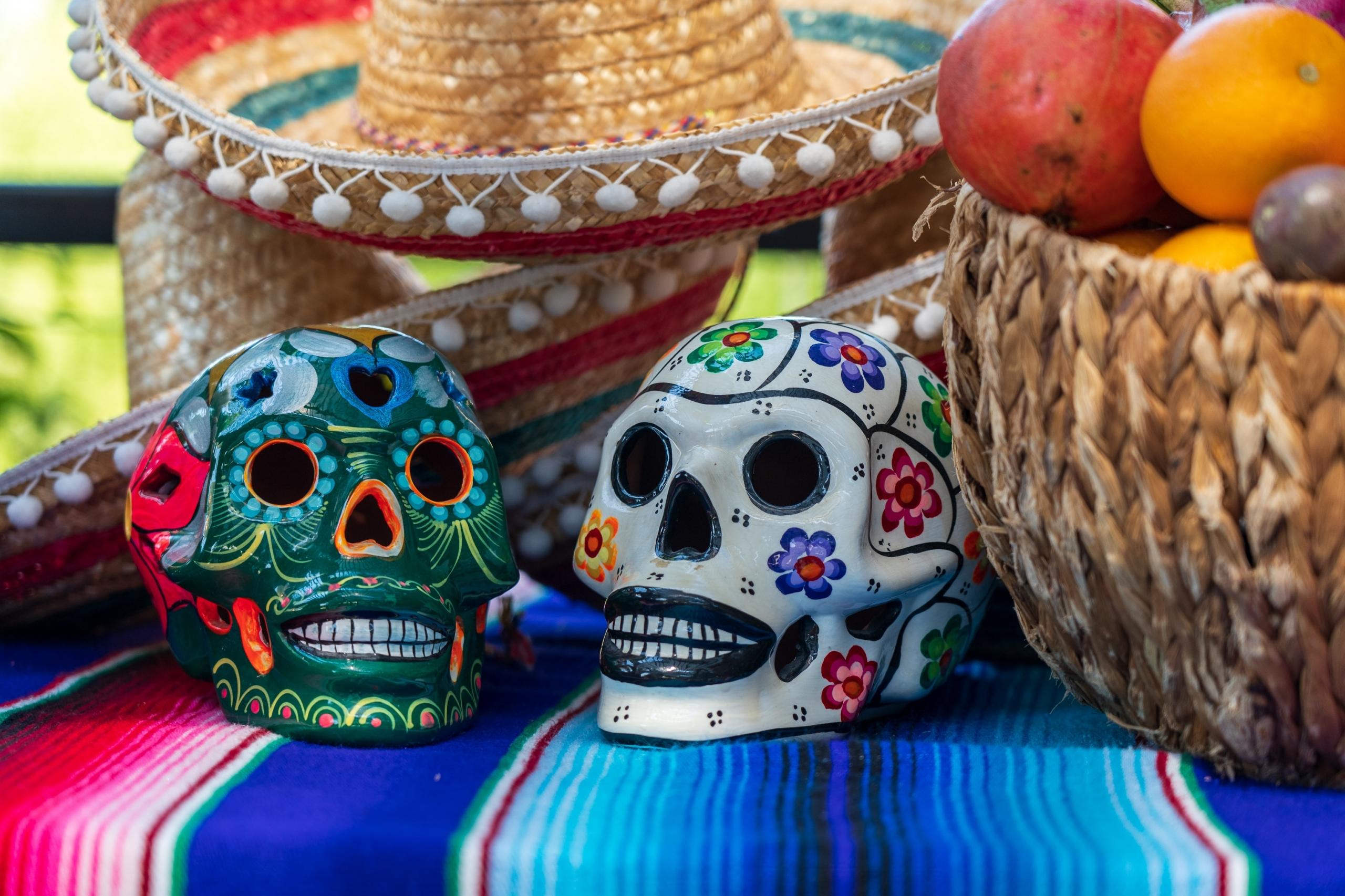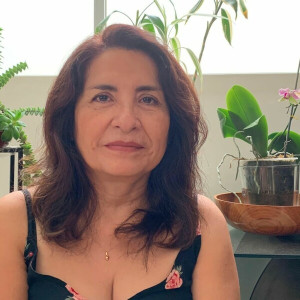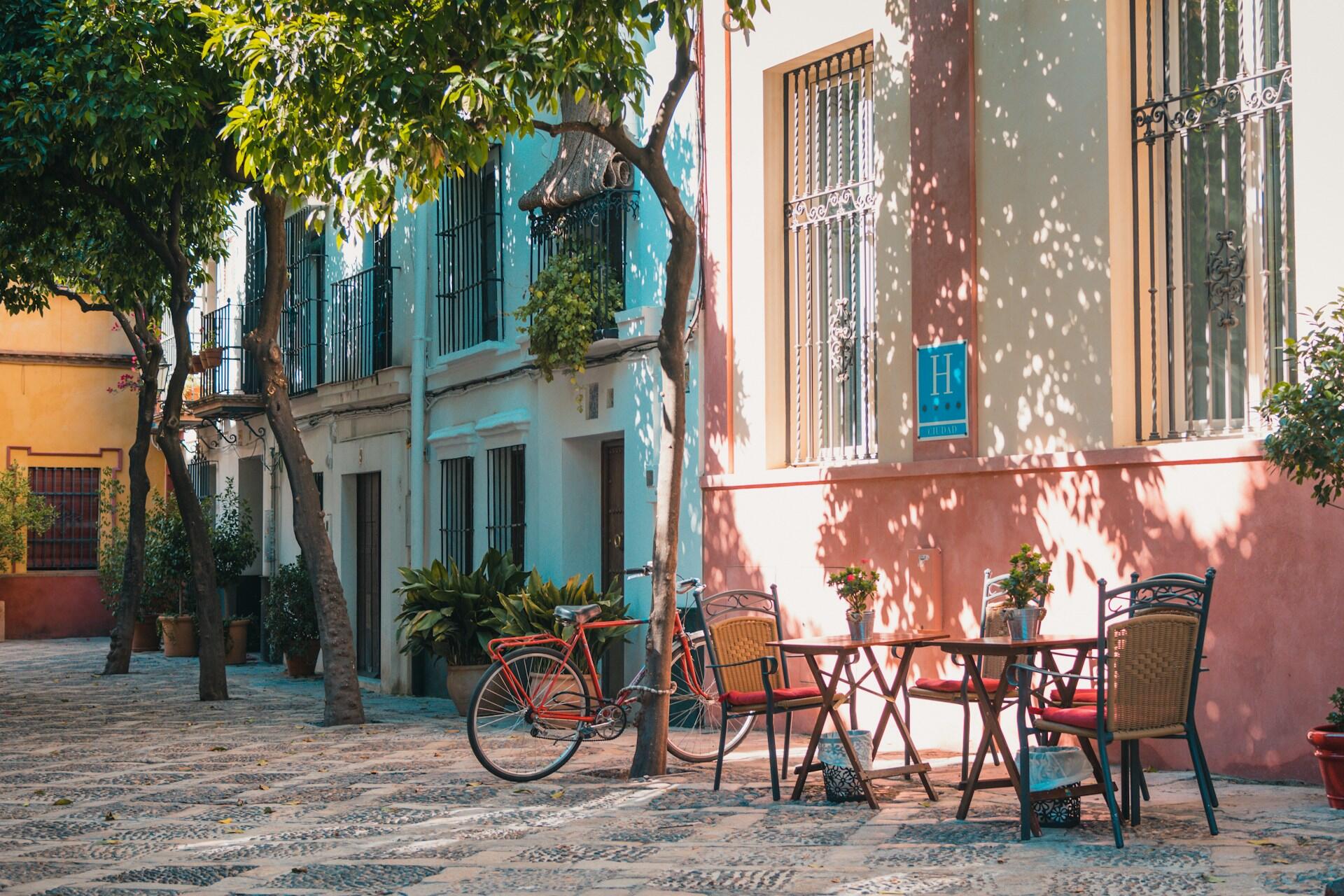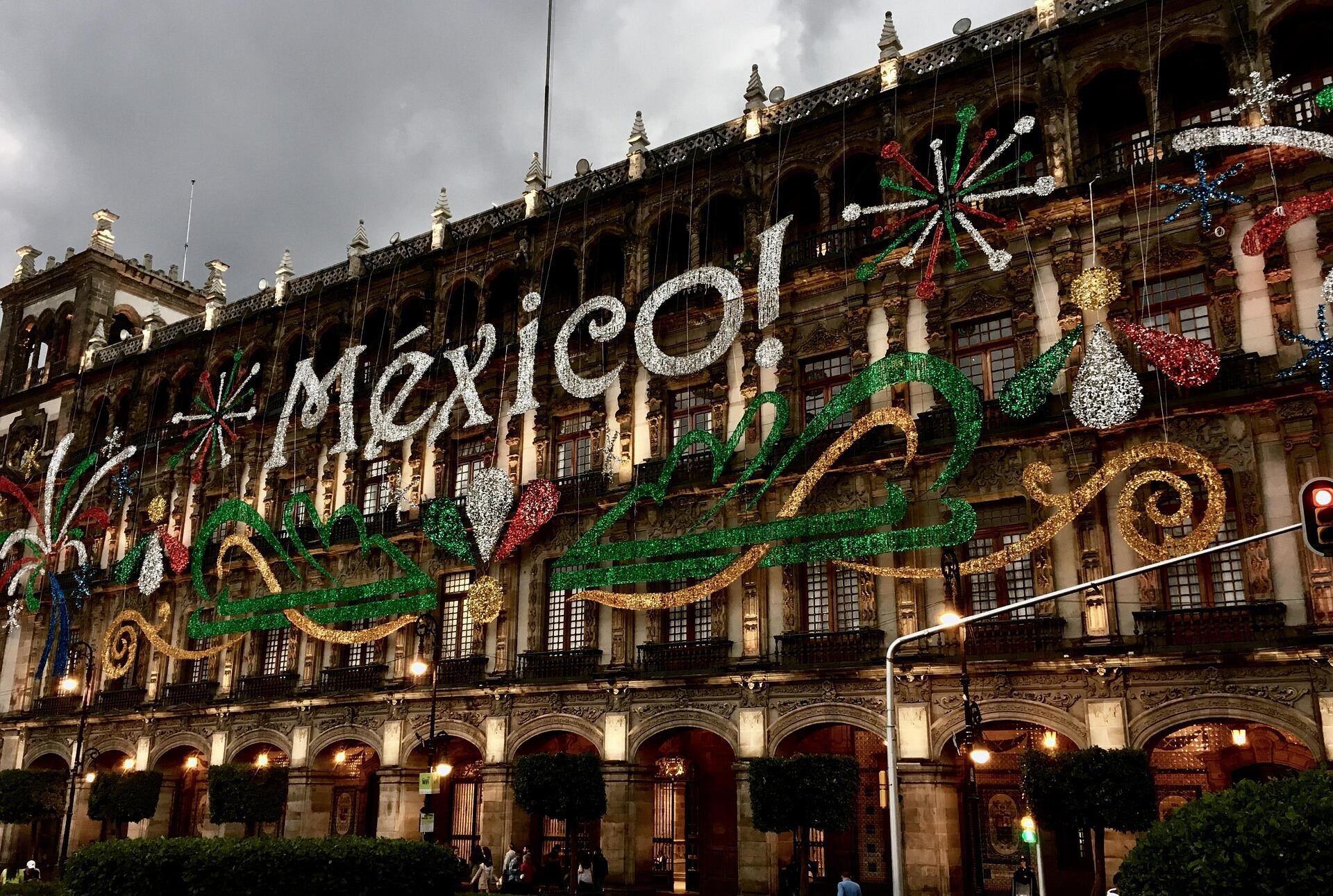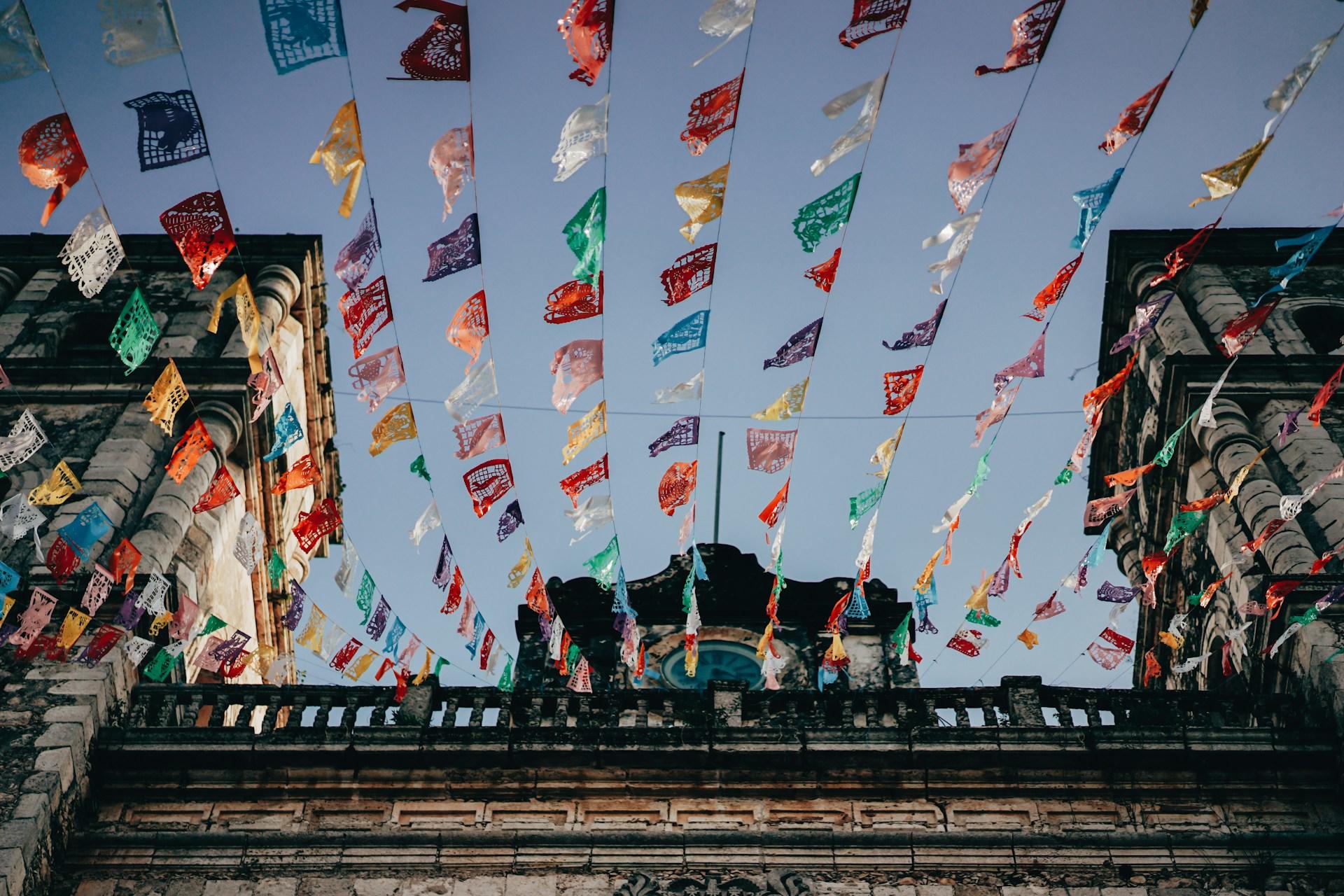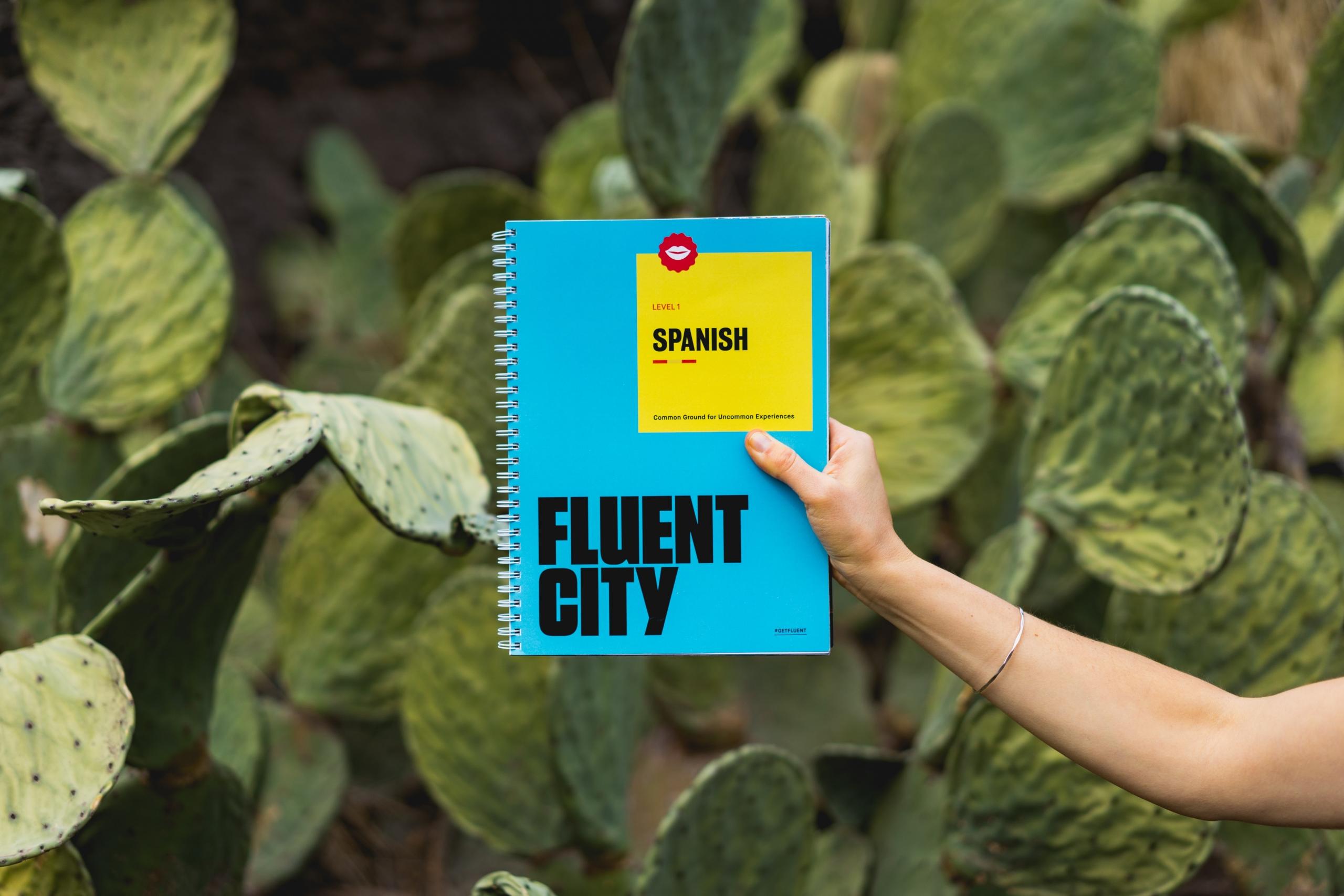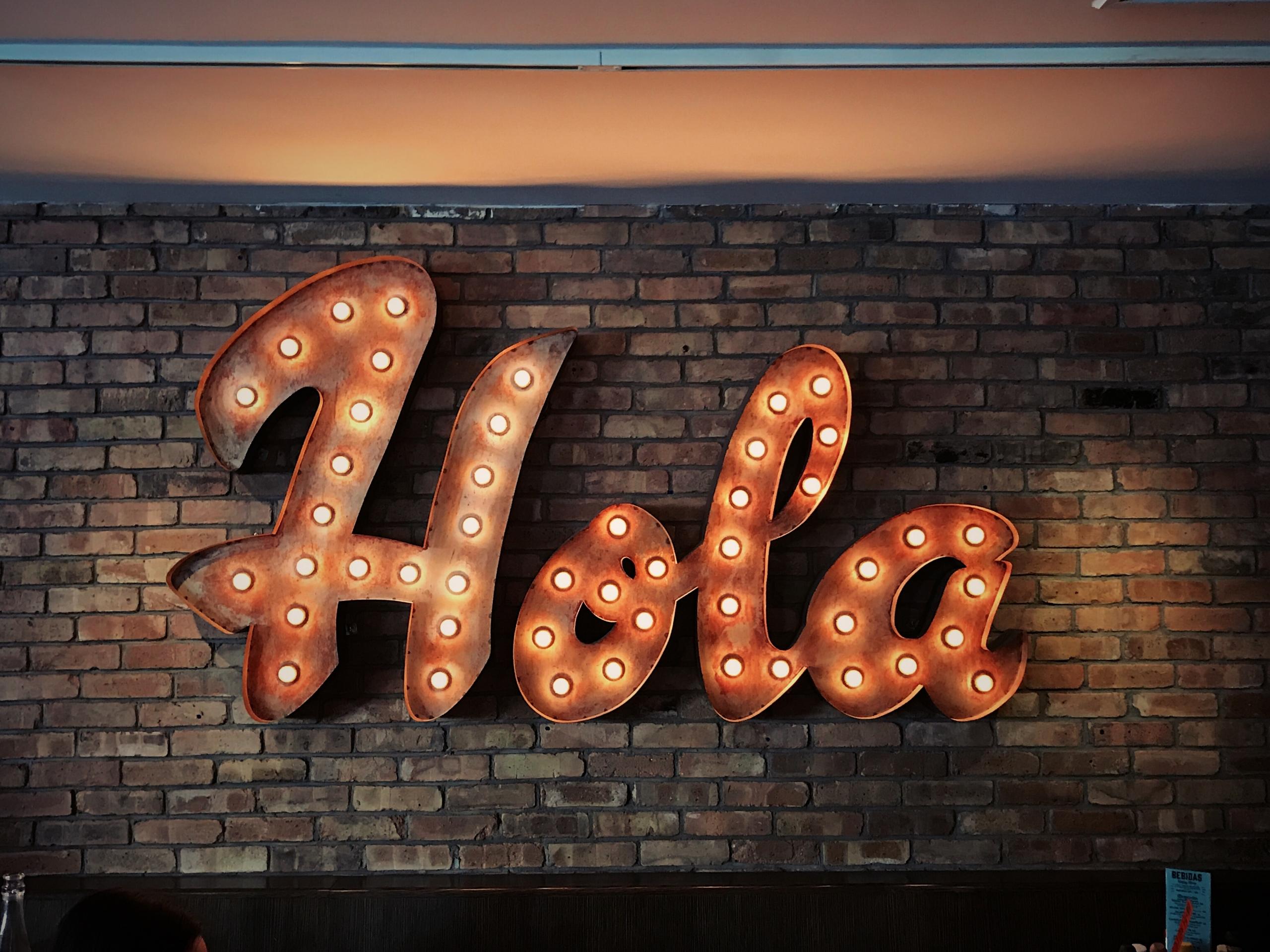In Mexico, the eleventh month of the year ushers in a profound and colorful celebration known as "Día de los Muertos" or "Day of the Dead." This extraordinary holiday, which spans from October 31st to November 2nd, stands as one of the best-known celebrations in the country, uniting people from all walks of life in a traditional, heartfelt commemoration of their deceased loved ones.
For the Mexican people, death is not seen as the end but rather as a continuation of life, a time to remember and honor those who have passed.
This cultural celebration transcends the eerie, supernatural connotations often associated with Halloween and delves deep into the traditions, food, and history of the indigenous peoples of Mexico.
We will explore the captivating and heartfelt traditions that make Día de los Muertos a unique cultural and familial celebration. From the vibrant sugar skulls and intricately adorned altars, or "ofrendas," to the colorful Catrina parades and the heartfelt visits to cemeteries, we will delve into the captivating history, festivities, and significance of this cherished festivity.
So, if you're curious to learn more about the mesmerizing world of Day of the Dead in Mexico, your adventure starts here. Join us as we uncover the traditions, food, and celebrations that bring families and communities together to remember and celebrate the lives of their loved ones during this remarkable time of year.

What Is Day of the Dead in Spanish?
Día de los Muertos, or the Day of the Dead in Spanish, is a profoundly meaningful celebration deeply embedded in Mexican culture. It is more than a ritual; it is a poignant expression of love and remembrance. Families gather on this day to cherish the memories of their departed loved ones, transcending the boundaries of life and death.
Central to this tradition are the elaborately crafted altars adorned with candles, photographs, and the favorite foods of the deceased. These altars, meticulously prepared by families, serve as a focal point for honoring the souls of the departed.
Visitors often take part in cemetery tours, witnessing the heartfelt dedication as gravesites are cleaned and adorned with vibrant marigold flowers, creating a colorful tapestry of remembrance.
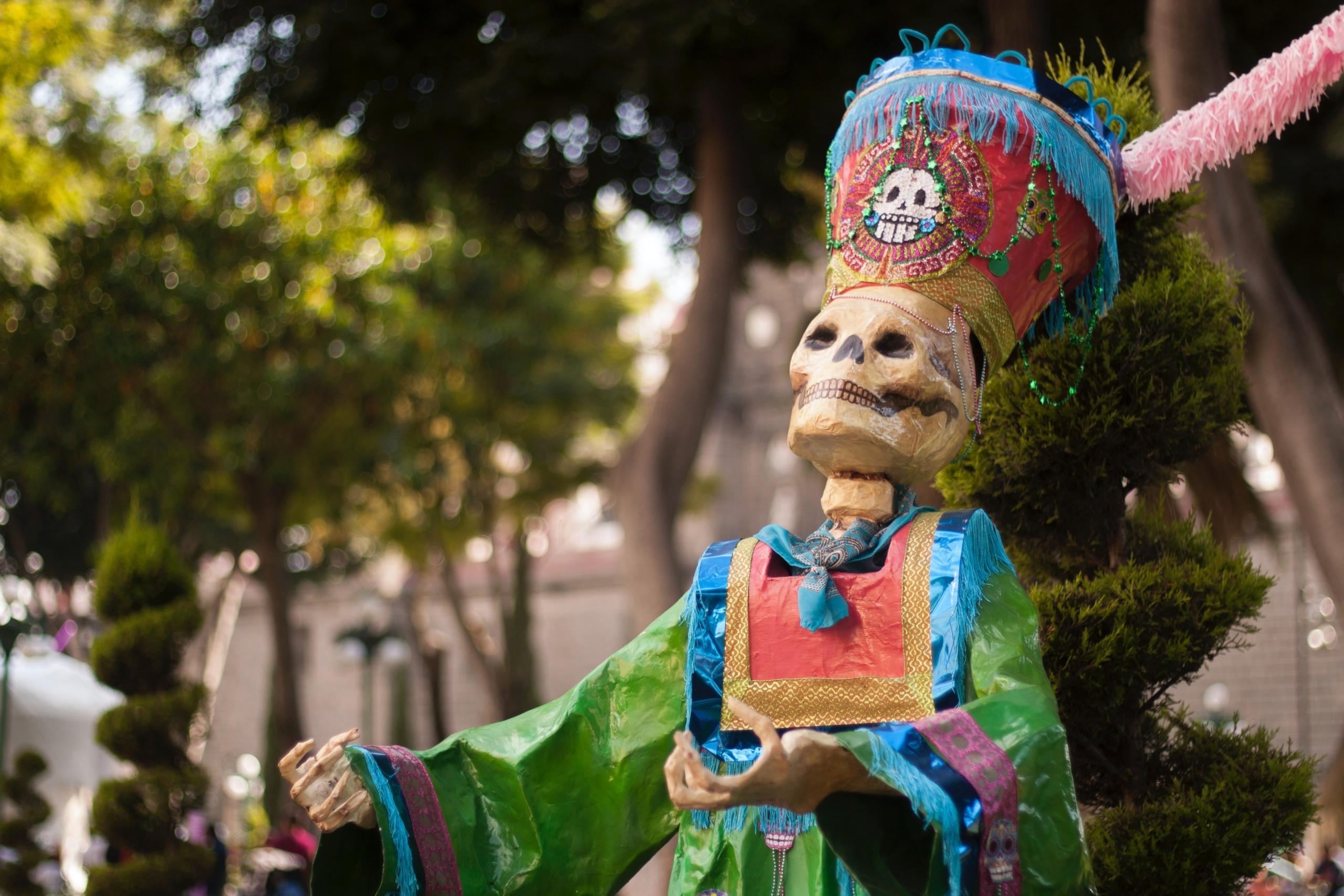
Symbolism plays a significant role, with sugar skulls representing the natural cycle of life. These sweet confections not only serve as treats but also as a gesture to sweeten the memories of those who have passed, making their spirits feel welcome and cherished.
At its core, Día de los Muertos is about honoring the lives of the departed with joy rather than mourning. It is an observation that embodies the enduring connections between family members, the living, and the souls of those who have moved on. This deeply rooted Mexican tradition encapsulates the essence of love, respect, and remembrance, making it one of the most cherished and culturally significant observances in the world.
Traditions of Día de los Muertos
In the heart of Mexico, during the crisp days of October and early November, the nation comes alive with a vibrant and meaningful celebration known as "Día de los Muertos," or "Day of the Dead." This holiday, rich in culture and tradition, transcends the usual association of Halloween with costumes and candy. Instead, it provides a unique opportunity for people to connect with their roots and pay homage to their ancestors.
An Unbroken Bond with the Past
Día de los Muertos is a profound Mexican tradition, celebrated by people throughout the country, from the bustling metropolises to the smallest villages. At its core, this holiday is a time for communities to come together, honoring the memories of their deceased loved ones, and cherishing the idea that death is not the end but a continuation of life.
A Festival of Altars and Ofrendas
One of the most iconic and essential elements of the Day of the Dead is the creation of altars, or "ofrendas." Families meticulously construct these altars in their homes, adorned with the favorite foods, drinks, and mementos of the departed. These ofrendas are built to welcome the souls of the deceased back to the world of the living during the festivities. Intricately decorated sugar skulls, known as "Calaveras de azúcar," are often included, adding a touch of whimsy to the reverence.
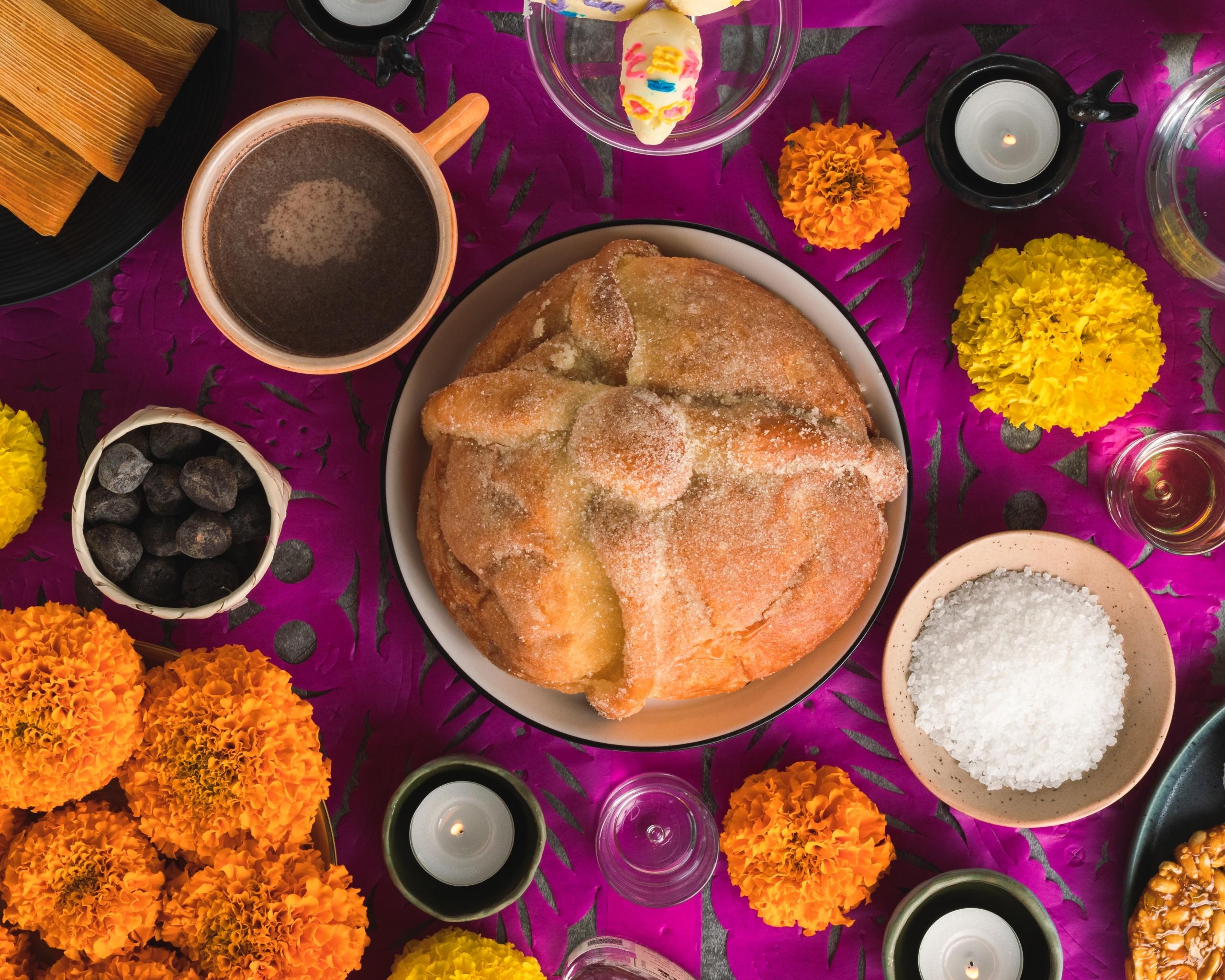
The Catrina Parade: A Spectacle of Elegance
In many cities, especially in the capital city of Mexico City, the streets come alive with elaborate parades featuring "La Catrina." This elegant and skeletal figure has become an iconic symbol of the Day of the Dead, personifying the idea that death is an equalizer, impacting both rich and poor. The Catrina parade is a visual feast, with people dressing up in exquisite, elaborate costumes and face paint that captures the beauty of this skeletal representation.
Visiting Cemeteries and Decorating Graves
Families across Mexico embark on a touching tradition of visiting cemeteries during Día de los Muertos. They clean and decorate the graves of their loved ones, often with colorful marigold flowers, candles, and other mementos. This act of remembrance is a profound gesture, signifying the enduring connection between the living and the deceased.
Feasting on Traditional Foods
Food plays a significant role in the Day of the Dead celebration. Families gather to enjoy traditional Mexican dishes such as tamales, mole, and pan de muerto, a sweet bread shaped like skulls or bones. These delectable foods are a testament to the rich culinary customs that have been passed down through generations.
Embracing Indigenous Roots
Día de los Muertos also serves as a poignant reminder of Mexico's indigenous heritage. It is a celebration that has its roots in pre-Hispanic cultures, particularly in regions like Oaxaca. The blending of indigenous traditions with Spanish influence has created a unique and colorful Mexican tradition that is celebrated by communities with great pride.

Unveiling Day of the Dead Traditions
As we delve into the vibrant and captivating customs of the Day of the Dead, it becomes evident that this November festivity is deeply rooted in Mexican culture. Each region, city, and even small towns contribute their unique flavors to the festival.
In Mexico City, the bustling heart of the country, the urban twist on the traditional Day of the Dead celebration comes alive in October and November. Grand parades and lively festivities showcase the city's ability to seamlessly blend contemporary culture with age-old traditions. Residents and tourists alike take to the streets, often dressed in the iconic Catrina attire, creating an atmosphere that is both electric and deeply rooted in history.
Oaxaca, a southern gem of Mexican culture, is known for its unique take on the Day of the Dead. The state is renowned for its rich traditions, with families creating intricate shrines in their homes, adorned with vibrant marigold flowers, candles, and photographs of their dearly departed. A visit to Oaxaca during this festival is like stepping into a sensory wonderland, where the sights and scents of marigolds fill the air, and the atmosphere is imbued with a palpable sense of reverence.
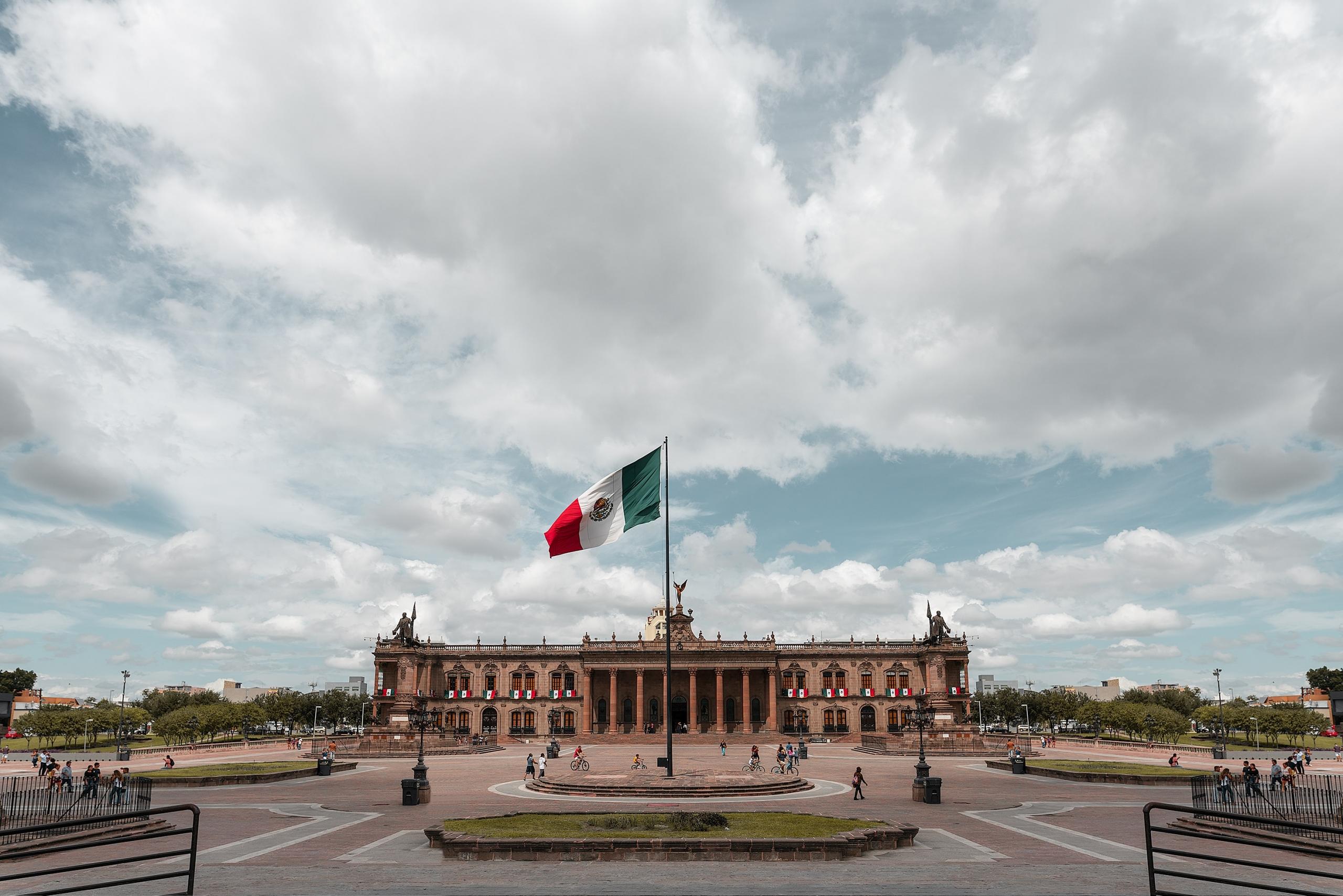
One of the most poignant Day of the Dead rituals is the act of visiting cemeteries. It's a time when loved ones and friends gather to remember their loved ones, clean the gravesites, and decorate them with colorful flowers, creating a beautiful tapestry of love and memory.
Marigold flowers, or "cempasúchil" in Spanish, hold a special place in Day of the Dead traditions. Their vibrant orange and yellow hues are believed to help guide the souls of the deceased back to the world of the living. These beautiful blossoms can be found adorning altars, graves, and public spaces, infusing the festival with a radiant burst of color and aroma.
The Day of the Dead is not only about celebrating the lives of the departed but also an opportunity for visitors to immerse themselves in the rich tapestry of culture.
Whether you're exploring the urban elegance of Mexico City, the sensory wonderland of Oaxaca, or partaking in a cemetery tour to witness the beautiful traditions up close, you're sure to find a unique and deeply moving experience that will stay with you long after the festival has concluded.
Celebrations in Mexico: The Living and the Dead Come Together
During Mexico's Day of the Dead, a beautiful tapestry of customs unfolds, uniting the living and the departed. Family is at the heart of this celebration, as it's a time for honoring ancestors and reflecting on cherished memories, bringing generations together.
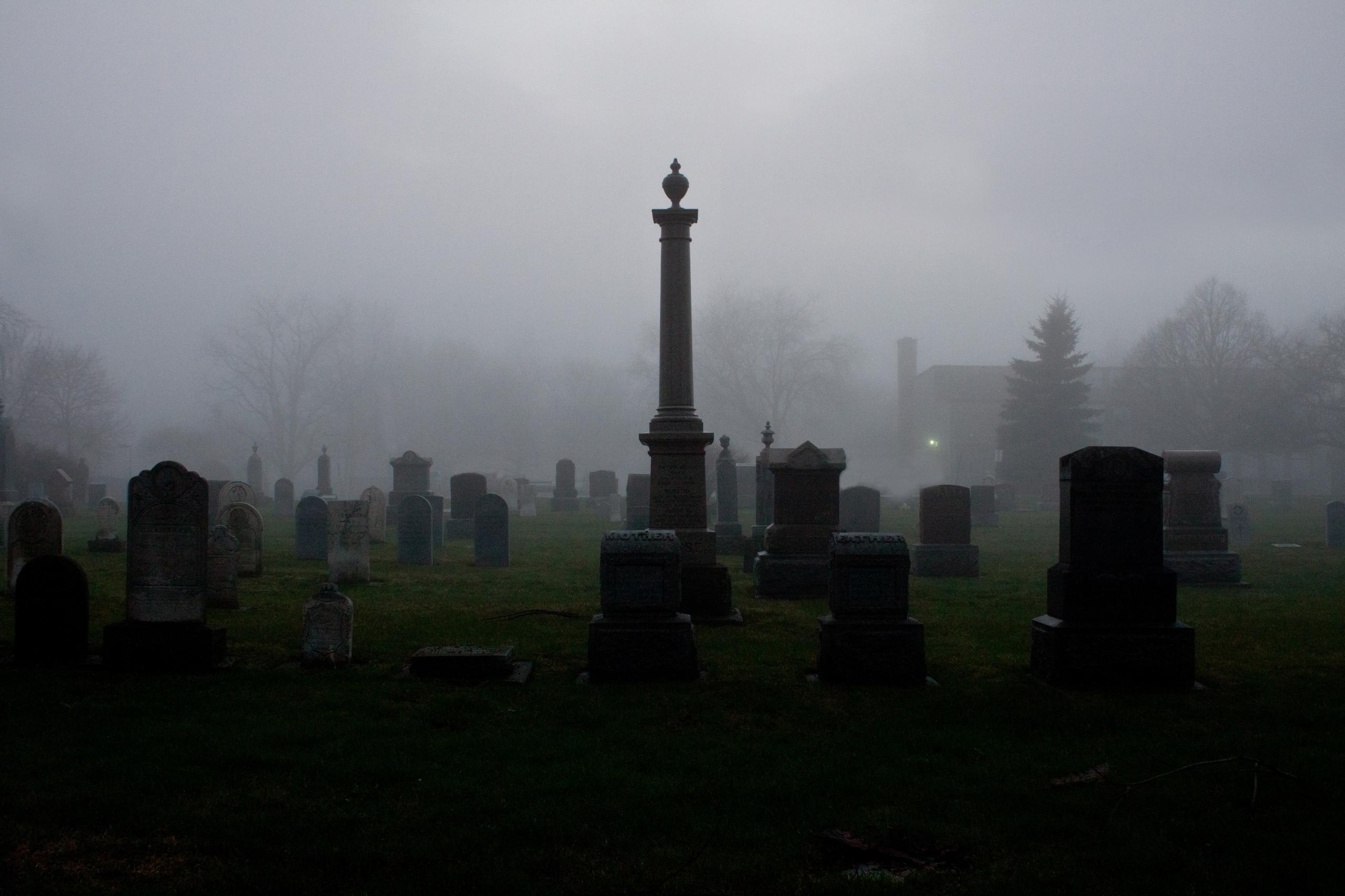
Families meticulously adorn shrines with photographs, candles, and favorite foods of the departed, creating a tangible link between the living and the souls of the departed. Cemetery tours provide an opportunity to witness the love and dedication that goes into decorating gravesites with marigold flowers.
Sugar skulls play a symbolic role, representing the natural cycle of life. These confections sweeten memories and invite the departed souls back to the world of the living.
Día de los Muertos in Mexico is a celebration of eternal connections, transcending time. It's a poignant reminder of the enduring bonds that connect us to our loved ones, no matter where they may be.
Discover More Mexican Celebrations on Superprof
These festivities reveal a profound connection to history, tradition, and community. For those eager to delve deeper into the celebrations and holidays of Mexican culture, Superprof is your trusted guide. Whether you seek to unravel the historical significance or master the essential vocabulary, Superprof connects you with the ideal tutor. Joining Superprof is simple, offering access to a multitude of expert tutors tailored to your specific needs. Just log in to the online platform, type "Spanish tutors" and your location, and embark on your cultural journey today.

